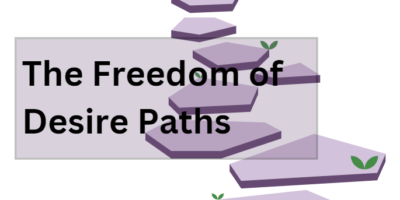On February 10, 2010 Adobe Photoshop turned, it’s hard to believe something so powerful could have been developed so long ago. In this article, I will share the evolution of Photoshop over the past 20 years and briefly explain features introduced in each version.
Photoshop was originally developed for the Apple Macintosh to manipulate images obtained from a scanner, which at the time was very expensive. With limited functionality and no layer support but with many of the features that are still available in various forms today it was not widely distributed due to the cost of obtaining digital images.
Photoshop 2.0, released in 1991 with version 2.5 for Windows appearing in 1992 required an increased amount of RAM (Random Access Memory), from 2MB to 4MB. Paths was added which allowed for trimming around objects which could be saved, and 16Bit colour support was added.
In 1993 Adobe released Photoshop 3.0, and with it introduced layers to the world which allows you to have different elements on different independent layers that can be hidden, moved around, and added in almost any of the more complex designs.
In 1996, the introduction of Photoshop 4.0 included adjustment layers and macros which allowed repetitive tasks to be automated. History and better text support were introduced in the 1998 release of Photoshop 5.0 and 1999 saw the Photoshop 5.5 release introducing the ‘save for web’ feature.
In the year 2000, Photoshop 6.0 added a host of features such as layer blending and vector shapes. Photoshop 7.0, released in 2002, introduced the healing brush. In 2003, the first of the rebranded CS (Creative Suite) versions was released which was meant to convey that Photoshop is one tool in a suite of Many Adobe tools available. Interestingly, the CS version introduced currency detection which would not allow for the duplication of paper currency.
In 2005, Adobe released the 9th version of photoshop named CS2 which moved some of the tools to more efficient places within the workspace. In addition to workspace changes, a red eye removal tool and a vanishing point feature for perspective control were added.
Photoshop 10.0, also known as CS3 and released in 2007, became much faster loading. CS3 was released in two versions – Standard and Extended. Extended was meant for video and scientific purposes with a host of new features which would make tasks performed by these industries easier. Graphic optimization for mobile and clone sourcepalette were added which extended the capabilities of the clone/stamp tool.
Photoshop 11.0 (CS4) is our current version of photoshop which was released in 2008 and contained the addition of layer adjustments as well as a even more simplified workspace layout. At the software’s early age, computer hardware was a limiting factor on CS4’s abilities so tools were added quickly as system resources became more abundant; however, as time passed, hardware became less of a limiting factor and new features have been slow to arrive.
In all, Photoshop has become a staple within the graphic design industry, and its 20 years of maturity have helped it to produce the best image manipulation program in the world. From black and white to 32 bit colour (16.7 million colours plus 256 levels of transparency), Photoshop has come a long way and has changed the world we live in. It is now easy to eliminate sections of a photo or change the entire look of an image by moving hands or touching up body shapes (see <i>http://photoshopmistakes.com<i> for examples).
Happy 20th Birthday Photoshop! You have changed the world.




Leave a Reply